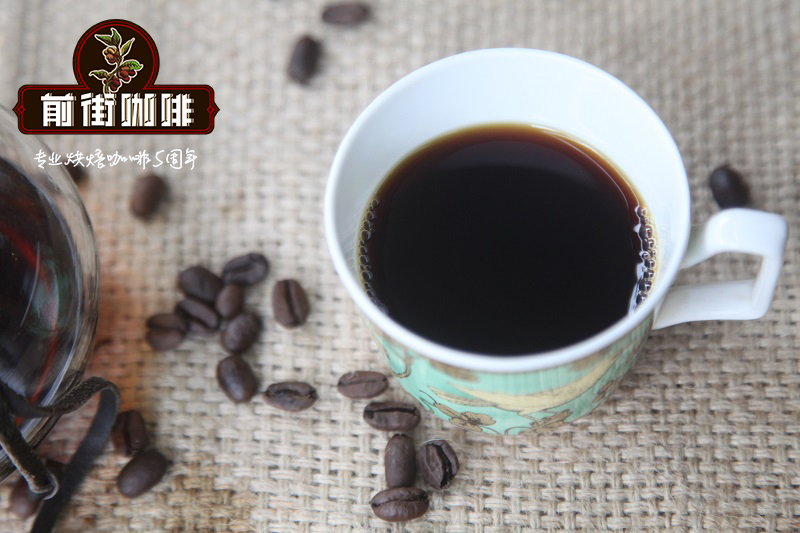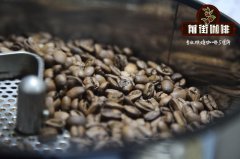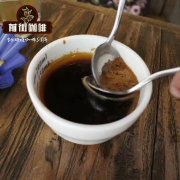Which kind of beans is better for Indonesian coffee? How about Sulawesi Tora and coffee?

Country: Indonesia
Island: Sulawesi
Region: Toraga
Altitude: 1400 masl 1600
Origin: various small farmers in Perangian,Pango Pango,Minanga and Perindingan
Processing method: washing
Drying method: Yamamoto vertical dryer and Pinhalense Guardiola
Drying time: 72 hours
Variety: S795
Mesh size: AA
Description
Sulawesi used to be Celebes. It was under Dutch control, along with other parts of Indonesia, from the early 1600s to World War II. Coffee production in Indonesia is introduced and decided by the Dutch East India Company. The first Typica plants arrived in 1750 because they had begun to spread in Java and other islands of Sumatra.
The most famous coffee from Indonesia is coffee from Sumatra, which is processed into wet shelled coffee. This gives them a typical earthy, aroma and sometimes even fleshy smell.
On the other hand, Sulawesi Island mainly produces washed coffee for export, and our partners in Toarco (Japan-India joint venture and export joint venture) are experts in the production of clean, sweet and fruity coffee that we really like.
Toarco owns a Pedamaran plantation at an altitude of 900 mi 1250 meters. It also buys wet parchment (with a moisture content of 40 per cent) from small producers at Perangian,Pango Pango,Minanga and Perindingan collection points. After purchase, the coffee is immediately trucked to the Pedamaran plantation. When you get there, you can use a mechanical Yamamoto vertical dryer and a Pinalhalense Guapiola dryer, or a horizontal dryer like the one common throughout Colombia. Mechanical dryers help to keep evenly dry, which helps to make the process more efficient and cleaner. It usually takes 72 hours to dry.
If manufacturers want to sell their sheepskin coffee to Toarco, they need to obtain quality standards certification for selective picking, storage, transportation, moisture content, etc. Identity cards are issued to farmers to enable them to sell coffee at various points of purchase in the Tanatolaha region during the market week.
Toarco is committed to providing education and support to its manufacturing partners. At present, the company offers once a year courses for producers to accept their identity cards, but they hope to expand their educational opportunities to twice a year, including cherry selection, planting and picking techniques, and fermentation. They also hold parties to celebrate at the end of the harvest cycle and present awards to producers. Rewards include things such as desizing agents and other necessary tools. 150 to 200 producers attend the party every year.
Most of the coffee produced by Toraja is S795 (S stands for "section"). It is considered to be a hybrid of S288 (a natural hybrid of Liberia and Arabica) and the ancient Kent variety (a Typica variety adapted to Indian growth conditions). S795 is the most common Arabica coffee grown in India and Southeast Asia, and it is one of the earliest varieties of antirust coffee leaves. It is also known as November because the Jember Indonesian Coffee and Cocoa Institute (ICCRI) introduced it to coffee farmers in Indonesia for the first time.
In the cup test, it has a strong licorice flavor, but it is also super cream. It was sprinkled with a little black pepper and a little black cherry.
Important Notice :
前街咖啡 FrontStreet Coffee has moved to new addredd:
FrontStreet Coffee Address: 315,Donghua East Road,GuangZhou
Tel:020 38364473
- Prev

El San Jose estate blackberry bourbon? Finca Sanjosé Estate
Location: Ahuachapn, Apaneca, CantnEl Saitillal Coffee varieties: Bourbon (red, orange, yellow), Typica, Elefante. Shadow type: Pepeto, inga sp and other native trees Average annual rainfall: 2,100 mm Elevation: 1,500 m Average temperature: 17C Soil type: Clay loam Description Finca SanJos is Rodríguez Home
- Next

How to learn coffee evaluation? Can coffee senses be learned? Coffee sensory calibration
Drinking coffee is an important ceremony for us every day. The first thing we do every morning is to have a cup of coffee and have a cup when we have a break at work. Learning to taste coffee will add more interest to our lives. When tasting, we need to use the oral cavity and nasal cavity, the tongue in the mouth can feel the basic taste: sour, sweet, bitter, fresh and delicious, like chocolate,
Related
- Detailed explanation of Jadeite planting Land in Panamanian Jadeite Manor introduction to the grading system of Jadeite competitive bidding, Red bid, Green bid and Rose Summer
- Story of Coffee planting in Brenka region of Costa Rica Stonehenge Manor anaerobic heavy honey treatment of flavor mouth
- What's on the barrel of Blue Mountain Coffee beans?
- Can American coffee also pull flowers? How to use hot American style to pull out a good-looking pattern?
- Can you make a cold extract with coffee beans? What is the right proportion for cold-extracted coffee formula?
- Indonesian PWN Gold Mandrine Coffee Origin Features Flavor How to Chong? Mandolin coffee is American.
- A brief introduction to the flavor characteristics of Brazilian yellow bourbon coffee beans
- What is the effect of different water quality on the flavor of cold-extracted coffee? What kind of water is best for brewing coffee?
- Why do you think of Rose Summer whenever you mention Panamanian coffee?
- Introduction to the characteristics of authentic blue mountain coffee bean producing areas? What is the CIB Coffee Authority in Jamaica?

